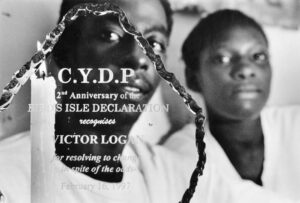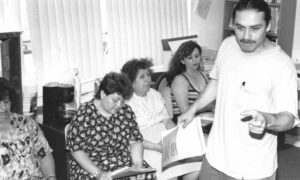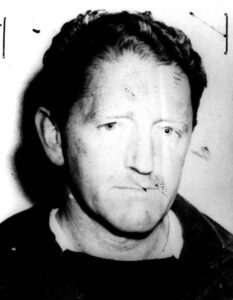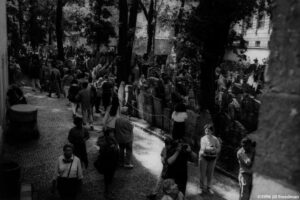Bram Fischer’s Journey
As Nelson Mandela and his comrades were convicted of sabotage and sentenced to life imprisonment in June 1964, the underground freedom movement in South Africa was unraveling. Many black activists were imprisoned, while many of their white comrades fled the country. One of the few




